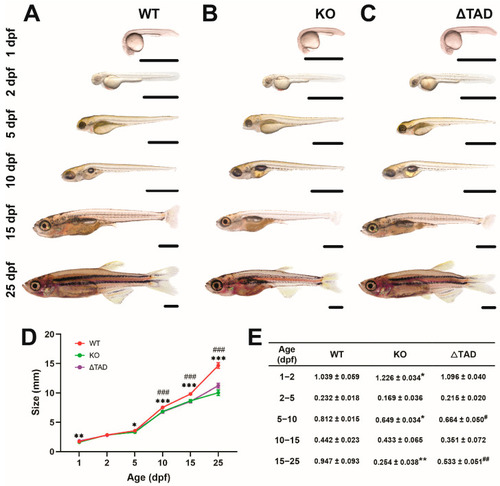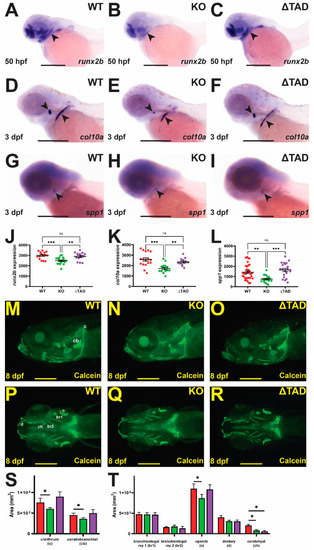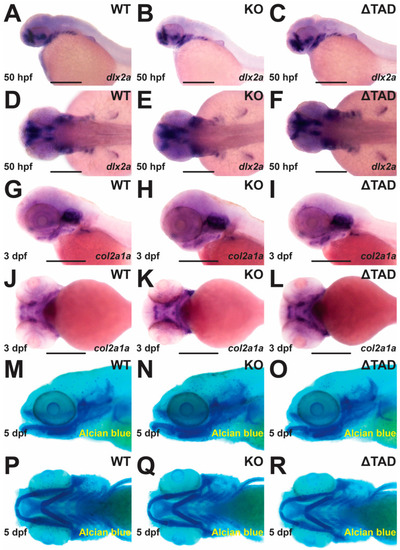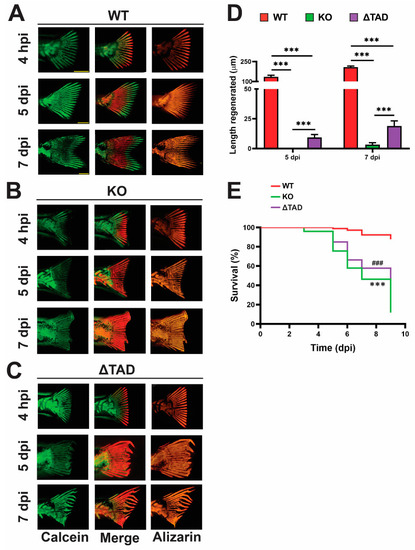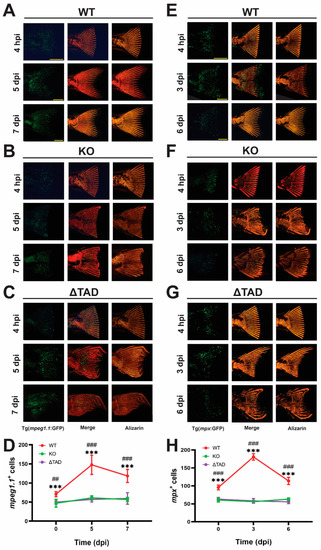- Title
-
Contribution of Signal Transducer and Activator of Transcription 3 (STAT3) to Bone Development and Repair
- Authors
- Sobah, M.L., Liongue, C., Ward, A.C.
- Source
- Full text @ Int. J. Mol. Sci.
|
Effect of Stat3 mutations on size and growth. Representative images of Stat3 wildtype (WT: PHENOTYPE:
|
|
Deformity and mortality of Stat3 mutants. Representative images of Stat3 wildtype (WT: PHENOTYPE:
|
|
Effects of Stat3 mutants on spine formation. Representative images of calcein-stained Stat3 wildtype (WT: PHENOTYPE:
|
|
Effect of Stat3 mutations on bone formation. Representative images of Stat3 wildtype (WT: EXPRESSION / LABELING:
|
|
Effect of Stat3 mutations on embryonic cartilage formation. Representative images of STAT3 wildtype (WT: EXPRESSION / LABELING:
PHENOTYPE:
|
|
Effect of Stat3 mutations on fin regeneration. Representative images of wildtype (WT: PHENOTYPE:
|
|
Effect of Stat3 mutations on innate immune response to amputation. Representative caudal fin of wildtype (WT: |

